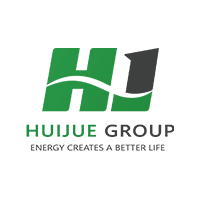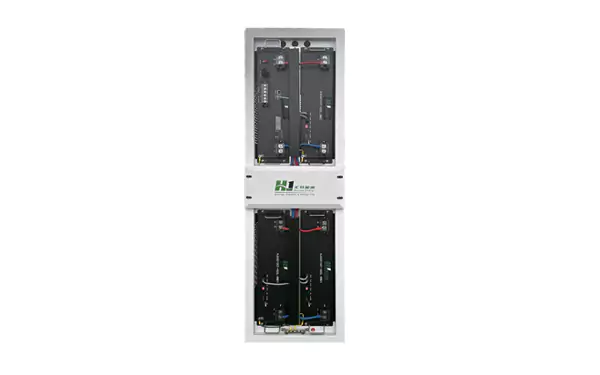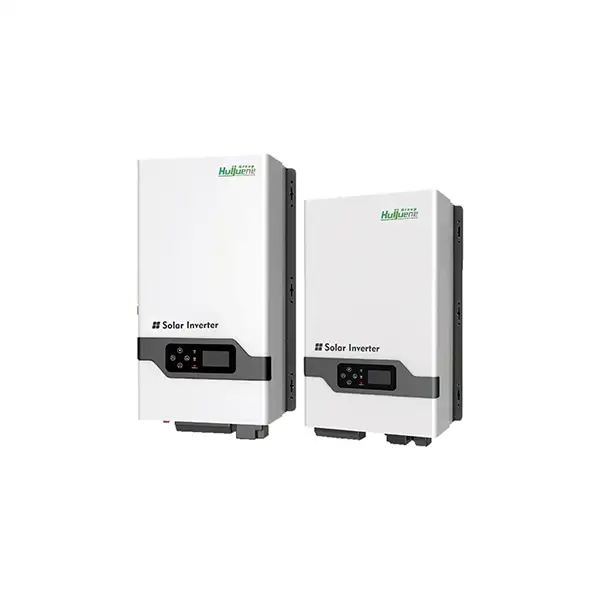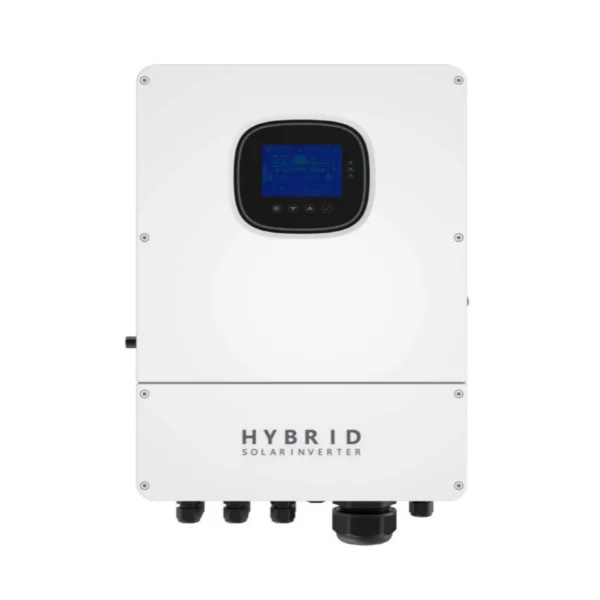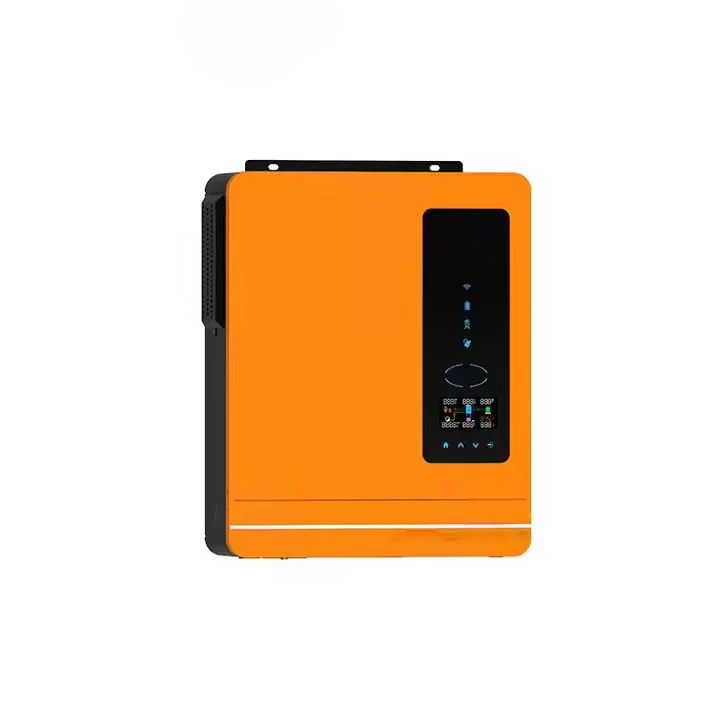Get A Quote Now!
Photovoltaic Cell Efficiency Enhancement: Strategies and Innovations
Enhancing photovoltaic cell efficiency is crucial for maximizing the energy output from solar panels and making solar energy more viable as a primary energy source. With advances in technology and materials, there are several methods and innovations aimed at increasing the efficiency of photovoltaic (PV) cells. In this article, we will explore various strategies for photovoltaic cell efficiency enhancement, including material improvements, structural designs, and advanced technologies that optimize the conversion of sunlight into electricity.

Understanding Photovoltaic Cell Efficiency
What is Photovoltaic Cell Efficiency?
Photovoltaic cell efficiency refers to the percentage of sunlight that a solar cell can convert into usable electricity. Higher efficiency means more energy can be generated from a given area of solar panels, which is critical for both residential and industrial applications where space and cost are constraints. The efficiency of PV cells is influenced by several factors, including the materials used, the cell design, and external conditions like temperature and light intensity.
Key Factors Affecting Efficiency
- Material Quality: The type of semiconductor material used in the PV cells, such as silicon, perovskites, or thin films, significantly affects the efficiency. High-purity silicon cells, for example, have higher efficiency due to fewer defects that can hinder electron flow.
- Cell Design: Innovations in cell design, such as multi-junction cells and bifacial panels, can capture a broader spectrum of light and utilize more sunlight compared to traditional designs.
- Light Management: Techniques like anti-reflective coatings and texturing of the cell surface can reduce light reflection and increase absorption, thereby enhancing efficiency.
- Temperature Control: PV cells typically lose efficiency as temperatures rise. Effective heat dissipation methods are crucial to maintain optimal performance.
Strategies for Photovoltaic Cell Efficiency Enhancement
1. Advanced Materials and Structures
Silicon-Based Enhancements
While traditional silicon-based PV cells dominate the market, enhancing their efficiency involves using monocrystalline silicon with fewer defects. Additionally, passivated emitter and rear cell (PERC) technology can improve efficiency by allowing more light absorption and reducing electron recombination.
Perovskite Solar Cells
Perovskite solar cells are a newer technology showing promise for efficiency enhancement due to their high absorption efficiency and potential for low-cost production. These cells can achieve efficiencies over 25% in laboratory settings and are being developed for commercial use.
2. Multi-Junction Solar Cells
Multi-junction solar cells consist of multiple layers of different semiconductor materials, each designed to absorb a specific segment of the solar spectrum. This structure allows for the conversion of more sunlight into electricity, significantly improving efficiency. Currently, multi-junction cells hold the record for the highest solar cell efficiency, reaching over 40%.
3. Bifacial Solar Panels
Bifacial solar panels are capable of capturing sunlight on both sides of the panel, thereby increasing the overall energy yield. By utilizing the light that reflects off the ground and nearby surfaces, bifacial panels can boost energy production by up to 30% compared to traditional single-sided panels.
4. Nanostructures and Surface Engineering
Nanotechnology plays a critical role in enhancing the efficiency of photovoltaic cells. Techniques such as nanostructuring and surface texturing can trap light within the cell for a longer period, increasing the likelihood of photon absorption and electron generation.
- Quantum Dots: Incorporating quantum dots can create multiple excitons (electron-hole pairs) per absorbed photon, significantly boosting efficiency.
- Plasmonics: Utilizing plasmonic nanoparticles can enhance light absorption through the scattering and trapping of light at the nanoscale.
5. Advanced Coatings and Reflective Layers
Applying anti-reflective coatings and using advanced materials for back reflectors can significantly reduce light loss and enhance absorption. These coatings are designed to minimize the reflection of sunlight and ensure that more light enters the PV cells, thus enhancing photovoltaic cell efficiency.
6. Thermal Management Solutions
Since solar cells lose efficiency at higher temperatures, effective thermal management is crucial. Technologies such as passive cooling systems, heat sinks, and active cooling mechanisms can help maintain optimal operating temperatures and prevent efficiency losses.
7. Artificial Intelligence and Machine Learning
AI and machine learning algorithms can optimize the angle of solar panels, predict shading patterns, and adjust for environmental conditions to maximize energy production. These smart technologies are becoming integral to efficiency enhancement by ensuring PV systems operate at their peak potential.
Our Solutions for Photovoltaic Efficiency
At [Our Company Name], we offer a range of photovoltaic solutions designed to maximize energy output and efficiency. Our systems include hybrid energy solutions that integrate solar, wind, and diesel power, providing both on-grid and off-grid configurations with or without storage. We customize our systems based on client requirements to optimize energy production and storage, ensuring reliable power in any condition.
Benefits of Our Solutions
- Customized Design: Tailored to meet specific energy needs, maximizing efficiency and cost savings.
- Advanced Technologies: Utilize the latest in PV materials, coatings, and AI-driven optimization.
- Scalability: Our solutions are scalable from residential to commercial and industrial applications.
For more information, visit our photovoltaic solutions page to explore how we can help you achieve your energy goals.
